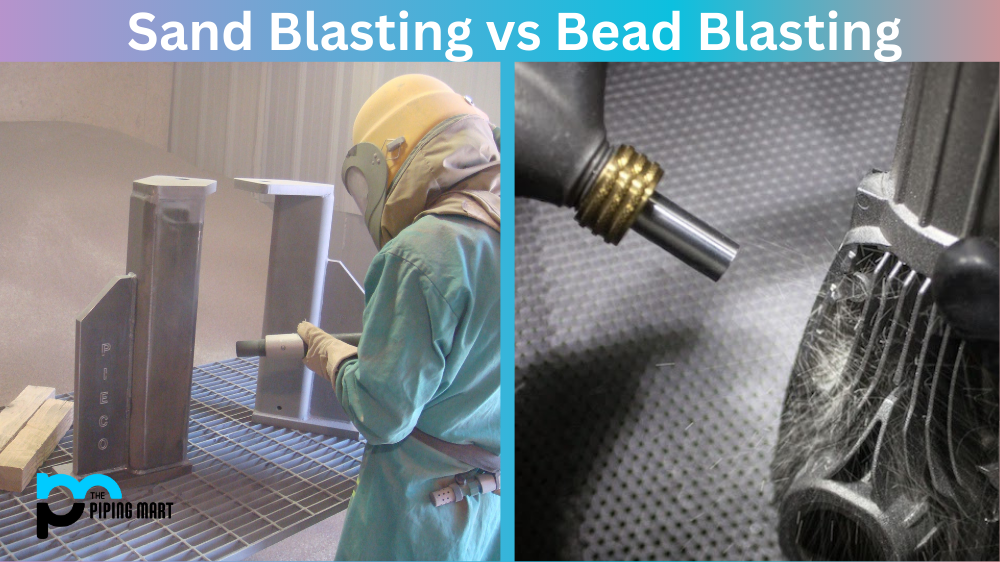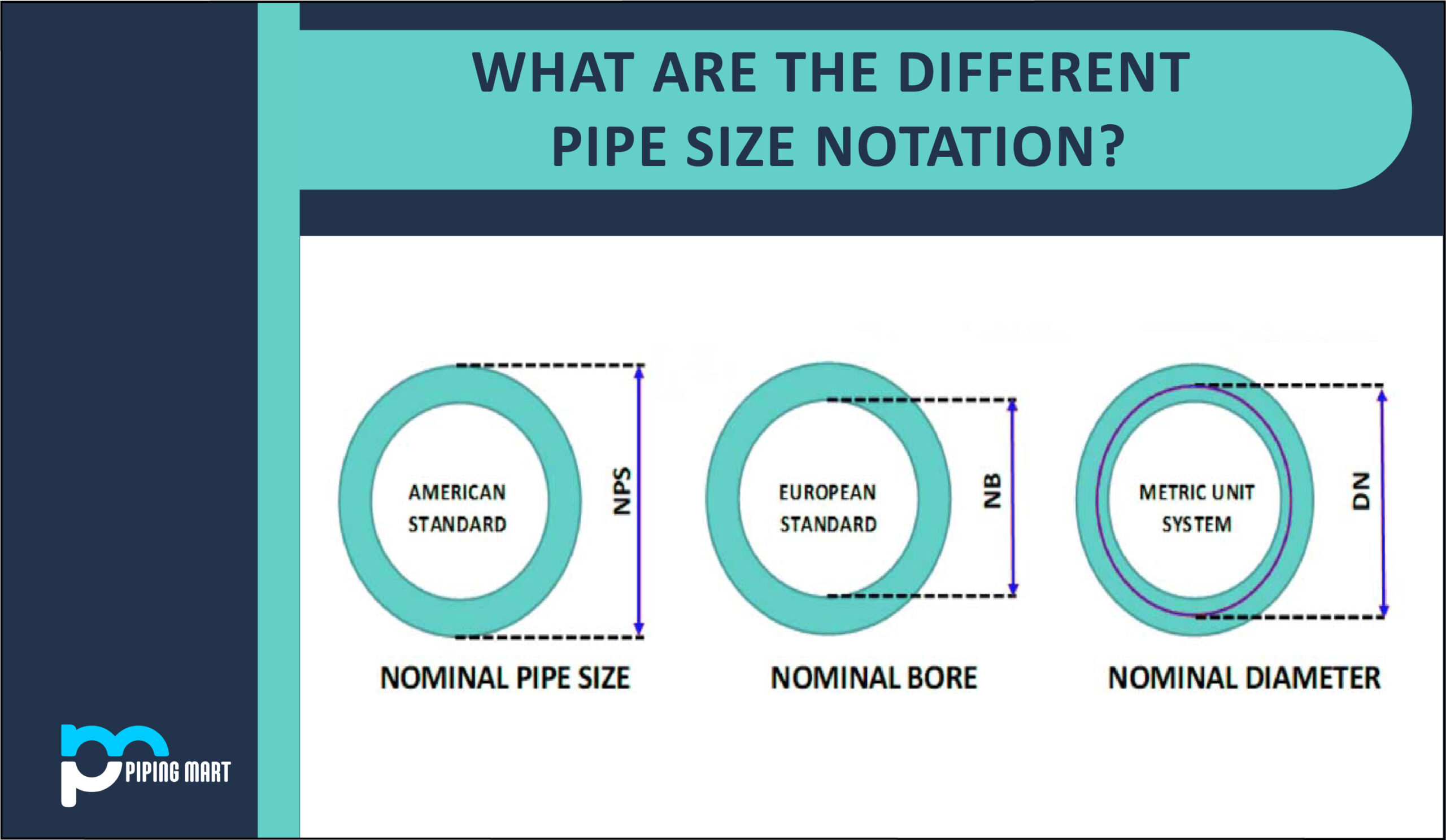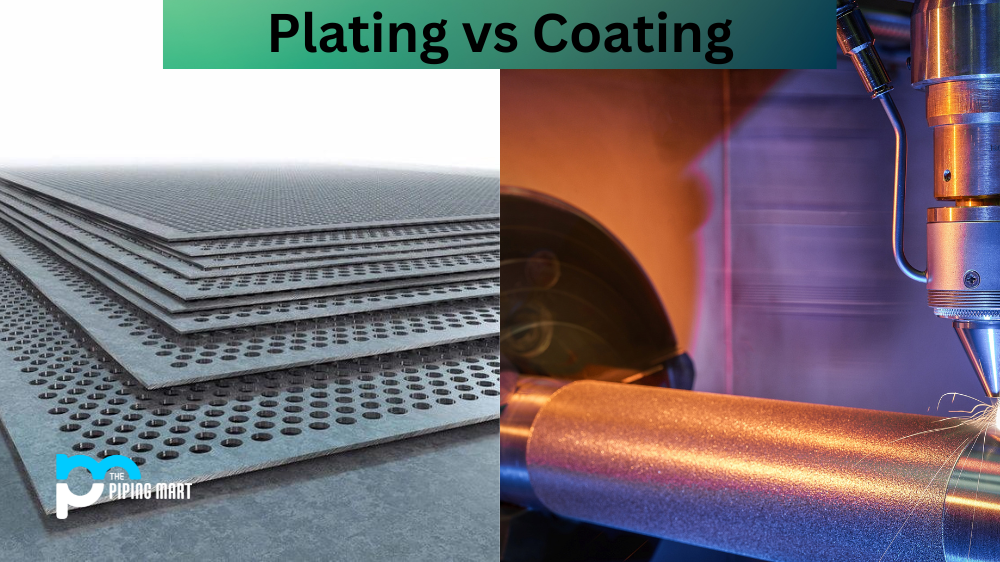Sandblasting and bead blasting have recently gained popularity regarding surface preparation and cleaning. While both methods utilize the same concept of using abrasive materials to clean or prepare a surface, there are a few distinct differences between the two that make each process ideal for specific applications.
In this blog post, we’ll deeply dive into sandblasting and bead blasting, their differences, and when it’s best to use one.
What is Sand Blasting?
Sandblasting, as the name suggests, involves using sand as the abrasive material to remove dirt or other impurities from a surface. Sandblasting is a powerful method that can remove even the stubbornest stains, rust, and corrosion from various surfaces.
The process involves coating the surface to be cleaned with a layer of sand, after which a high-pressure stream of air or water is used to blast the sand against the surface. The pressure and speed of the stream can be adjusted to suit the severity of the job.
While sandblasting is a highly effective method, it has a few downsides. For instance, it can cause surface damage, especially to softer materials like wood, plastic, and fibreglass. The process can also produce much dust, which can be hazardous to workers’ health if not controlled.
What is Bead Blasting?
Bead blasting, on the other hand, involves using tiny spherical beads made of glass, ceramic, or zinc to clean or prepare a surface. Bead blasting is ideal for situations where a character needs to be cleaned without damaging it.
The process involves coating the surface with a layer of beads, after which a high-pressure air stream propels the beads against it. The beads’ size, shape, and material can be adjusted to suit the task. Bead blasting is an excellent choice for cleaning delicate materials like aluminium, brass, and other non-ferrous metals.
One downside of bead blasting is that sandblasting is less potent than sandblasting, which may not be the best choice for heavy-duty cleaning or preparation tasks.
Difference Between Sand Blasting and Bead Blasting
When to Use Sand Blasting
Sandblasting is ideal for heavy-duty cleaning or preparation tasks, such as stripping paint or rust from metal surfaces. Sandblasting is best avoided for delicate surfaces like glass, plastic, and wood, as it can cause damage.
When to Use Bead Blasting
Bead blasting is ideal for cleaning or preparing delicate and sensitive surfaces like aluminium and brass. It’s also an excellent choice for removing rust stains and corrosion from surfaces without damaging them.
Advantages of Sandblasting
One advantage of sandblasting over bead blasting is that it can be used on more delicate surfaces without damaging them. Sandblasting is also less likely to cause static electricity, which can be problematic with bead blasting.
Advantages of Bead Blasting
One advantage of bead blasting over sandblasting is that it produces a smoother finish. Bead blasting is also less likely to cause dust contamination, which can be a problem with sandblasting.
Disadvantages of Sandblasting
One disadvantage of sandblasting is that it can create harmful dust particles that workers can inhale. This dust can contain silica, which can cause respiratory problems. Another disadvantage of sandblasting is that it can damage delicate surfaces like glass or aluminium.
Conclusion
In conclusion, sand and bead blasting may seem similar at first glance, but they are vastly different processes with their own applications. Sandblasting is ideal for heavy-duty cleaning and preparation tasks, while bead blasting is perfect for cleaning and preparing delicate and sensitive surfaces. Choosing the proper method to ensure optimal results while avoiding any possible damage is essential. Ultimately, the choice between sandblasting and bead blasting will depend on the surface to be treated and the desired outcome. Consult with experts to determine the best approach for your specific cleaning or preparation needs.

A passionate metal industry expert and blogger. With over 5 years of experience in the field, Palak brings a wealth of knowledge and insight to her writing. Whether discussing the latest trends in the metal industry or sharing tips, she is dedicated to helping others succeed in the metal industry.




